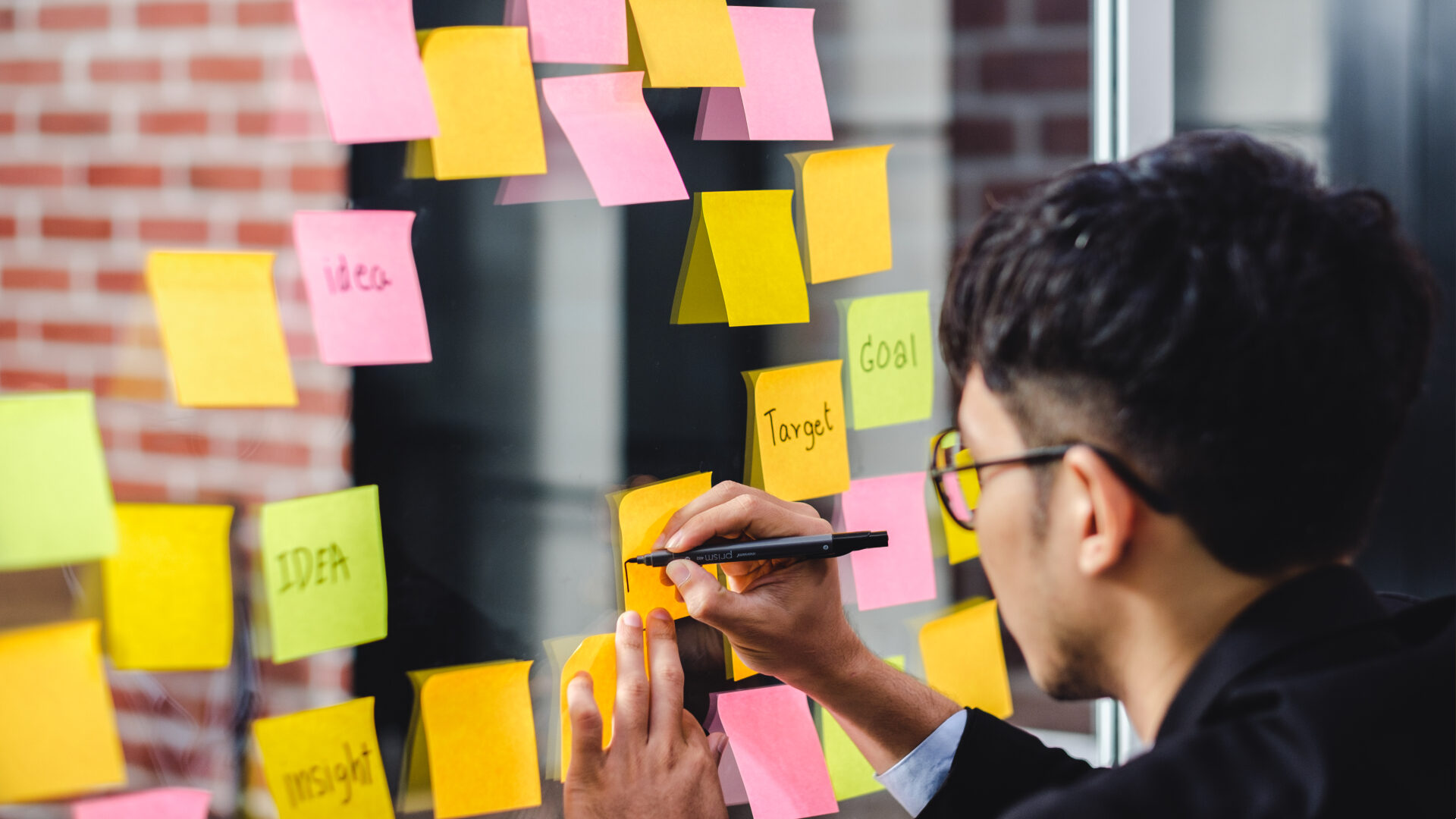Why do people treat learning and work like they’re different? Why is there a need to learn in one environment and perform in another?
Chances are you learned it that way, but now it’s time to unlearn it. There has never been a better unlearning environment than the complex world organizations operate in right now. The previous year gave people no choice but to think differently about learning. The challenges ahead are whether companies can continue thinking differently.
Companies started by talking about getting back to work. Then about the new normal. And now they’ve acknowledged that there probably isn’t a new normal, but a state of constant change where employees will all be asked to be flexible, adaptive and creative in their approach to work.
The previous year shook up a lot of learning strategies, but it also tipped over a lot of traditional approaches. Suddenly, we couldn’t do a lot of things we’ve always believed we had to do to drive learning. In many cases, we couldn’t hold live classes — and sometimes this was a big issue. Most of the time, we learned that live classes weren’t necessary.
A lot of learning and development (L&D) professionals rushed to put all of learning online, which created vast libraries of zombie courses, which provided little engagement. And yet, learning continued, as people who needed to do jobs somehow learned how to do them — through structured learning, virtual classes, thoughtful performance support or good old-fashioned coaching.
So, in this new world of constant change and adaptation, how do you adapt your approach to learning? By making learning something you do as part of your job, not instead of your job.
Here are a few simple rules to getting up and running:
- Learning is not a goal. Okay, stop, take a breath, and now let’s say that again. Learning is not a goal. Performance is. This means your learning solution only works if people can perform as a result. So, is your approach knowledge-oriented or performance-oriented? Knowledge is good — but performance is how business is measured. So, are learners able to apply what they’ve learned to real-life situations? That’s the first step to integrating learning with work: making it application oriented.
- Stop treating learning modalities as if they are solutions. Many people ask, “Is this a classroom solution or an eLearning solution? Or a microlearning solution? Or a virtual reality solution?” Stop thinking like learning professionals and start thinking like learners. How will a learner do work based on this learning? Is it complex, requiring a deep analytical dive? Is it repetitive, requiring a lot of practice? Is it rarely used, perhaps requiring performance support? Integrating learning with the work means understanding the work.
- Firehoses only work on fires. In most things that we learn in life, people learn something, apply it, practice it, get feedback and then try something a little more difficult. That’s how most sports teams learn game strategy. And yet, too much of the time, L&D professionals try to teach everything there is to know about a topic in a few days and then expect people to be good at it. When employees drink from the firehose, odds are good that they learn little. Integrating learning with the work means understanding the rhythms of the work.
- No practice and application? You probably didn’t learn it. But, of course, learning is just the first step. If you really want to turn learning into performance, learners need ample opportunity to apply, practice, make mistakes, receive feedback and try again. Too many learning initiatives stop at the end of the course, but that’s when learning really begins. Integrating learning with the work means having a plan for practice, application and feedback — doing the work.
- No coaching? Even if you learned it, you may be doing it wrong (or you may not be doing it at all). Even the most effective learning methods can fail if employees are discouraged from using new behaviors on the job. If leaders are not encouraging the same behaviors employees learned, the odds are against them adopting those behaviors. And if they fail the first time they try (as so often happens with new behaviors), they need to be encouraged, coached and given the opportunity to try again. Integrating learning with the work means that the learning team and the management team are aligned—and that learning is something that continues during work hours.
- If you can’t measure the results, how do you know it worked? Don’t measure ROI. While measuring the ROI on an investment is a worthwhile endeavor, it’s also a self-serving one. How does proving you spent money wisely help the organization? Measurement shouldn’t be about proving the learning team did a good job; it should be about proving your audience is better prepared to do their jobs. If the last several months have taught organizations anything, it’s that the definition of “readiness” can change in a moment. Measurement and adaptiveness go hand-in-hand.
This is a unique moment in the history of corporate learning. The pandemic blew down the house, and now it’s time to build a new one. Rebuilding is tough, but it gives everyone the opportunity to build something better, stronger and higher impact than ever before.



